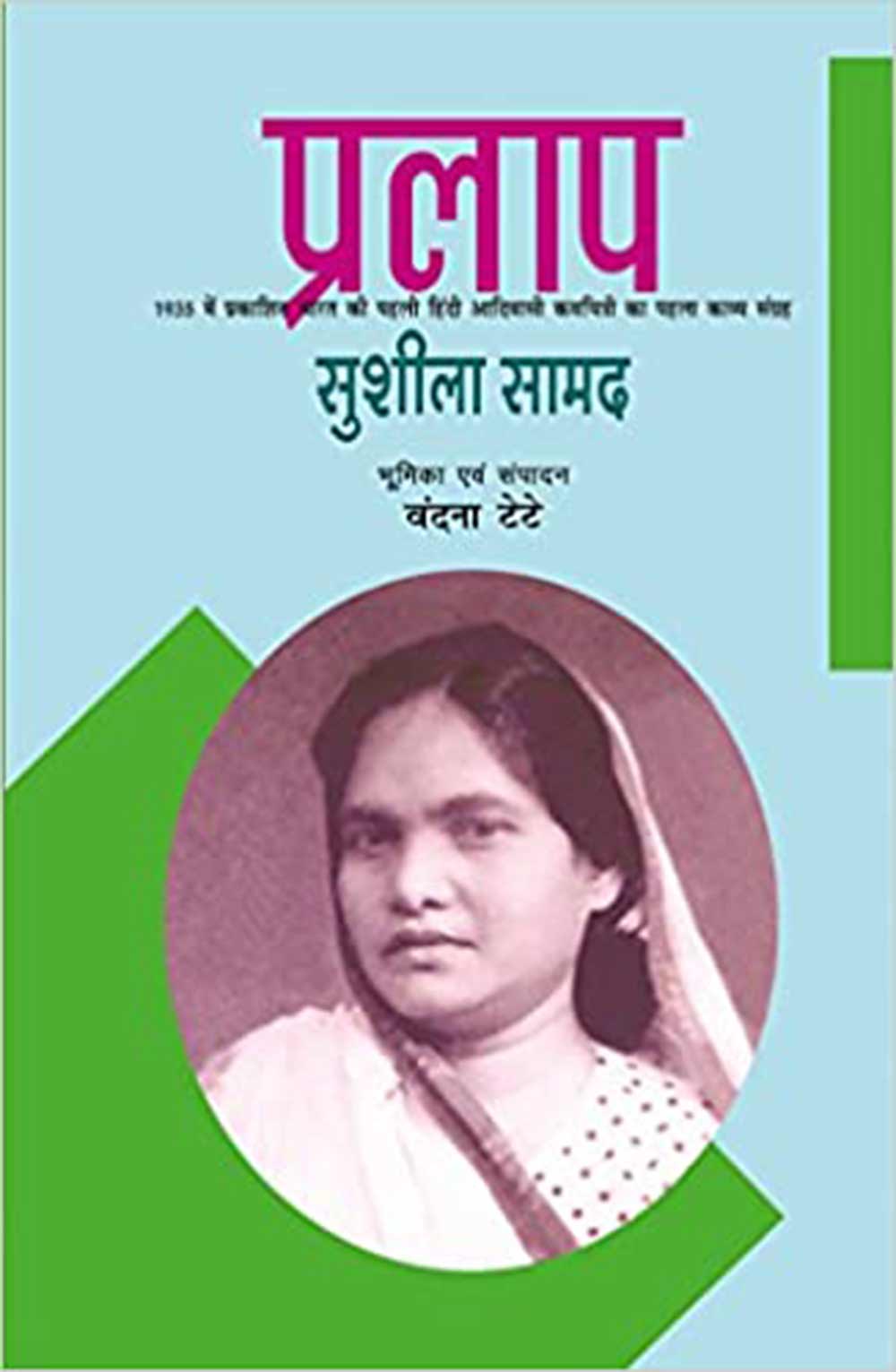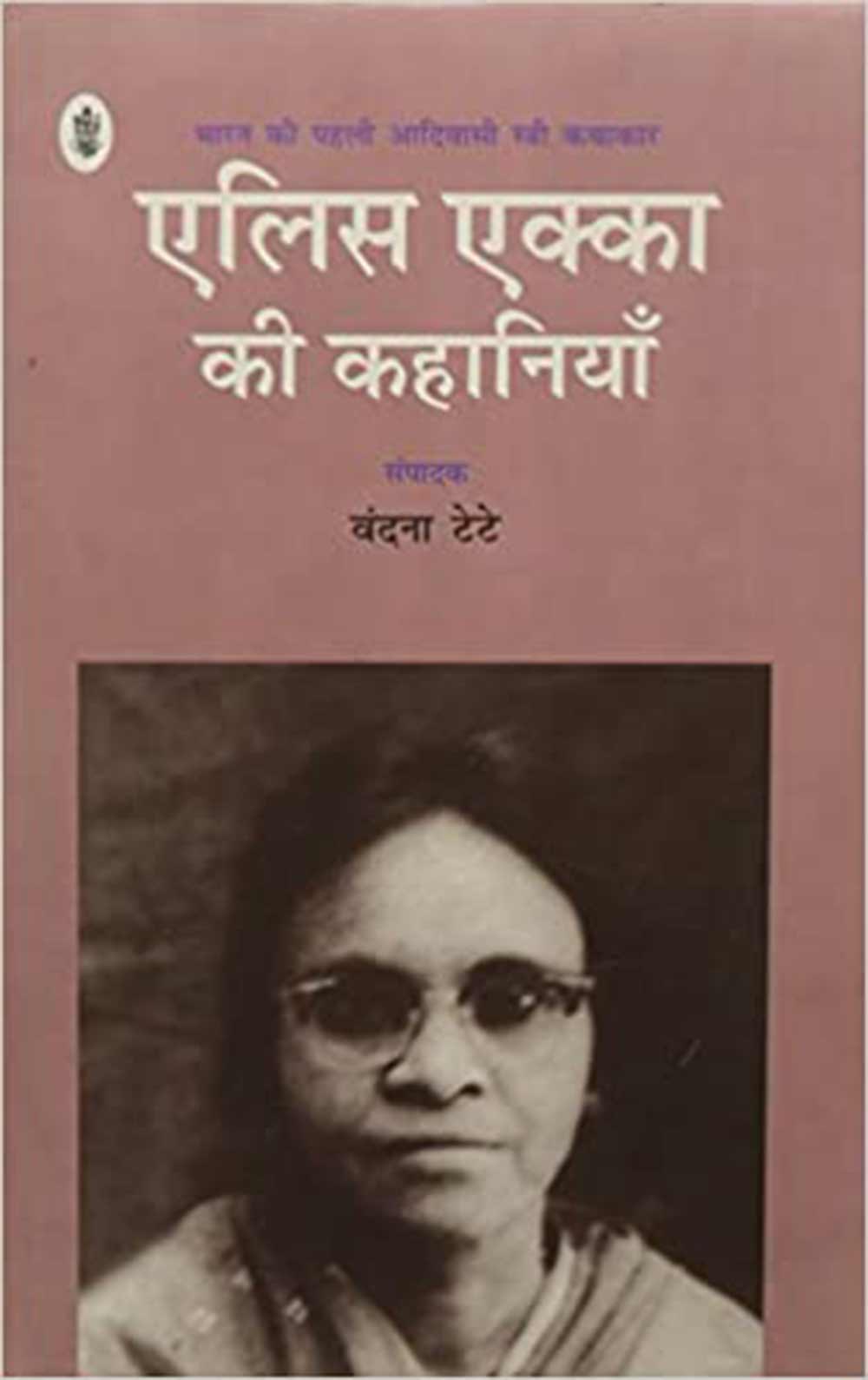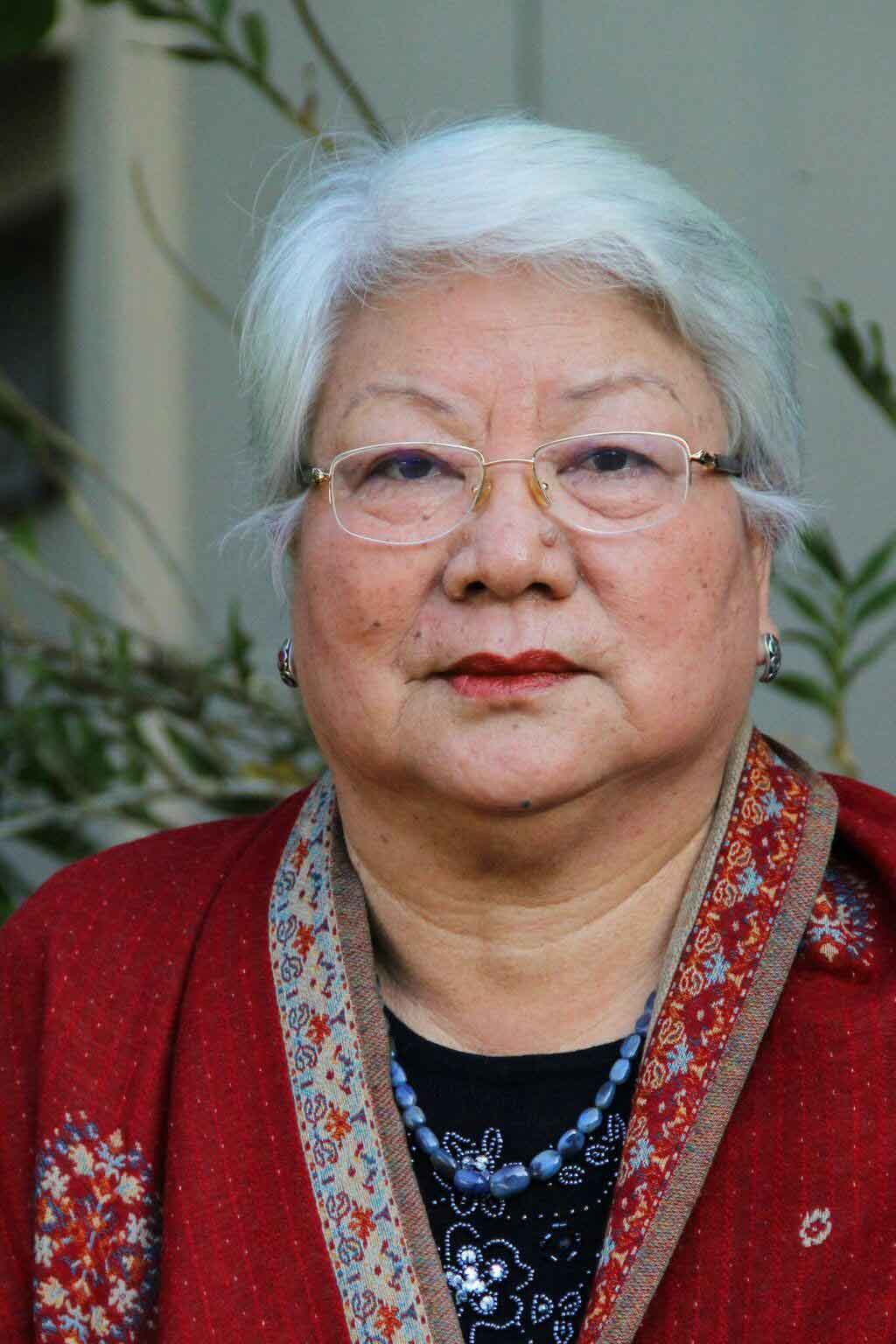A rich oral tradition consisting of stories, legends, songs and poems in hundreds of indigenous languages—and yet literature emerging from the Scheduled Tribes of India has remained in the shadows of Indian literature for the longest time. This is majorly due to the fact that the indigenous Scheduled Tribes of India, though consisting of around 104 million people in the subcontinent, haven’t had much representation in the mainstream. Most Indians living beyond these tribes have no idea about the culture and traditions of these populations, let alone the spoken word which has not been written down or memorialised anywhere.
And that is the other reason why we know so little about this literary tradition—because their traditions are mostly oral, very few of them have been written down in book form. Sure, you’ll find plenty of books on the Scheduled Tribes of India by sociologists, ethnographers, anthropologists, historians, and even travellers. But these are written from the perspective of privileged outsiders, visitors who can only attempt to grasp the rich culture. To get the perspective of the Scheduled Tribes themselves, it’s important that the literature be generated from within.
Recognising Marginalised Scheduled Tribe Voices
Another factor that leaves Scheduled Tribe voices, stories and traditions unknown to other Indians is the issue of linguistic marginalisation. There are around 22 Indian languages in which are comparatively well known, but these are just a few among the more than 800 languages and dialects known to people in India. Languages like Gondi, Kurukh, Santali, Ho and Bhili—which originate from the Scheduled Tribes—are among these 800, but aren’t taught or learned by the general masses of India. This creates a major communication problem that needs to be bridged.
Mostly, the books published by Scheduled Tribe writers were written in other vernacular languages like Gujarati, Bengali, Odia, Malayalam, Marathi, Telugu, Kannada and Hindi. Till a few decades ago, you’d be hard-pressed to find any Scheduled Tribe writer writing in English, which is still a language of great privilege for many in India. Therefore, the reach of this literature has been very limited. Scheduled Tribe writers and literature projects from across India and the world are now trying to address these problems. Publishing houses like Adivaani and Zubaan are playing a huge role in creating more access to these voices, especially by translating works of note and holding seminars and workshops which acquaint people with the stalwarts of these literary traditions.
Women In Scheduled Tribe Literature
Among the works written by writers currently available, you’ll find plenty to enlighten and inspire you. Whether written in English, translated to English, or written in vernacular languages, these works highlight a key feature of all Scheduled Tribes’ literature: while most works may focus on the struggles of life, they are not written from the point of view of people who are victimised. Instead, the stories are invariably about traditional strength in the face of continuous infringement of rights, and their innate relationship with “Jal, Jangal, Jameen” or water, jungle and Earth.
Another feature of this corpus of literature is the strength of Scheduled Tribe women reflected in most works. Scheduled Tribe women in particular have endured various forms of violence since time immemorial—in fact, during the 19th Century, the Santhals and other Scheduled Tribes were the first to protest against colonial rule, especially during railway expansion which infringed on their land rights. Over the last two centuries, therefore, stories of resistance and voices of assertiveness have been key aspects of Scheduled Tribe traditions, and women have played a key role here. Given this, there are number of women from the Scheduled Tribes whose books you must read. Here are a few.

Susheela Samad
Belonging to the Munda tribe, Samad is known as one of the earliest tribal writers. She was born in the village of Laujoda in Jharkhand, and went on to receive higher education. In fact, she was the first Indian woman from a Scheduled Tribe to get a BA Honours degree in 1934, which also earned her the title of the first Hindi Vidushee of Indian. Samad edited the Hindi literary magazine called Chandni from 1925 to 1930, and is also well known as one of the key voices in the Gandhian freedom movement—a point to be noted here is that she was the only Scheduled Tribe woman of prominence in Gandhi’s Satyagraha. Samad published two of her poetry collections, Prallap in 1935, and Sapne Ka Sansaar in 1948.

Alice Ekka
Also belonging to the Munda tribe, and born in Ranchi, Jharkhand, Ekka is also considered to be one of the pioneers of Scheduled Tribe literature. In 1938, she became the first Indian woman from a Scheduled Tribe from her region to graduate in English (she studied in Scottish Church College, Calcutta). However, as a storyteller, Ekka did not choose English. Instead, she wrote stories in Hindi throughout the 1950s, 1960s and 1970s—mostly published in the magazine, Adivasi Patrika. A collection of her stories, Alice Ekka Ki Kahaniyan, was published posthumously in 2015.

Jacinta Kerketta
Coming from the Oraon tribe in West Singbhum, Jharkhand, Kerketta is a contemporary journalist, poet and writer. Kerketta’s works not only show her origins, but also reflect the typical Scheduled Tribe motif of using metaphors from nature—especially forests and jungles—for poetic expression. Not once in her works will you find a victim’s narrative. In fact, she constantly highlights the strengths of her community—even mentioning the role it played in the Santhal rebellions as mentioned above. Kerketta is a bilingual author, and collections of her poems, Angor and Jadon Ki Zameen, are available in both English and Hindi.

Usha Kiran Atram
Based in Kachargarh, Maharashtra, Atram hails from the Gond tribe and writes predominantly in Gondi, Marathi and Hindi. She is also the director of the Adivasi Bhasha Shodh Sansthan, Dhanegaon. Married to a scholar of Gond philosophy, Sunher Singh Taram, who also started a magazine called Gondwana Darshan, Atram started publishing her works there while also working as an editor. The first anthology of her poems, Motyarin, was published in 1993. Her other works of prominence include Morki, Katha Sangrah and Gondwana ki Veeranganayein.

Temsula Ao
Belonging to the Naga tribe, brought up in Jorhat, Assam, Ao’s is one of the most prominent tribal literary voices emerging from the Northeast of India. As a Fulbright Scholar at the University of Minnesota, Ao interacted with Native Americans and their culture. Inspired by their rich oral traditions and initiatives to preserve their heritage, Ao decided to come home to India and do the same with her culture. She has written five books of poetry, two short story collections, a book of literary criticism on Henry James, and a book on her own culture called The Ao-Naga Oral Tradition. Her works have been translated into German, French, Assamese, Bengali and Hindi. Ao received the Padma Shri in 2007 and the Sahitya Akademi Award for Laburnum for my Head, a collection of short stories, in 2013.